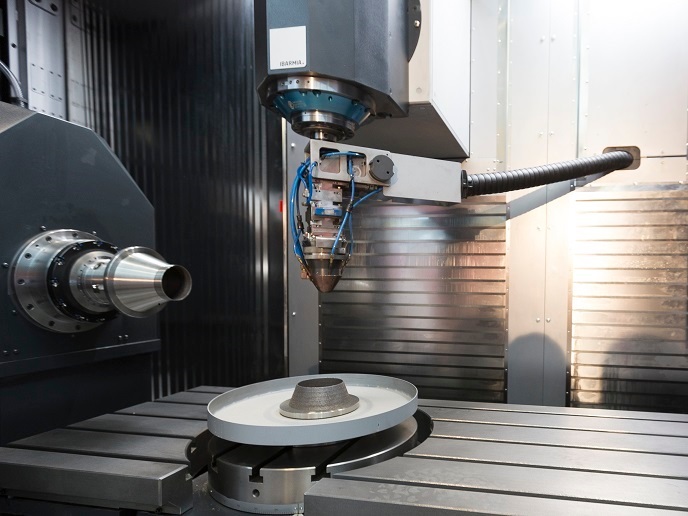Advanced sensing and automation for wood sanding
A European consortium consisting of small and medium-sized enterprises (SMEs), research organisations and a service centre for the furniture industry set out to change the status quo with the ‘Optical measurement of position and size of wood panels for intelligent automation of sanding machines’ (MEPOS) project. Wood sanders used to optimise wood panel surfaces require online real-time knowledge of panel dimensions, shape and position as the panel moves on the conveyor belt in order to control force distribution and produce the desired result. Building on expertise in the fields of wood-working machinery, pneumatic valves and actuators for automation systems, optical sensors and image processing, the consortium developed an intelligent automation robotic system with advanced optical sensing and pneumatic actuator control to optimise the wood sanding process. %Optical sensing based on image acquisition and processing using structured illumination enabled obtainment of real-time information regarding panel position, size and shape that was then fed to the control system. The intelligent control system (ICS) implemented fuzzy logic based on rules that could be modified by the user to impose correct piston pressure on the sanding belt given various parameters and their relationship to desired characteristics. Pressure applied to the moving wood panel by a novel two-pressure pneumatic actuator was then controlled and optimised. Finally, the consortium modified the conventional sanding machine to host the optical sensor, pneumatic actuator and ICS. An improved software interface made use of the machine’s programmable logic controller (PLC) via an Ethernet link. MEPOS outcomes are important in several ways. The automatic sanding machine is directly exploitable by the wood-working industry, bringing optical systems and intelligent control to a sector previously underrepresented in the use of advanced systems. In addition, optical sensor manufacturers have the potential to enhance future production of large-scale optical scanners as well as to enter new market areas in the wood-working industry as it adopts the new technologies.







